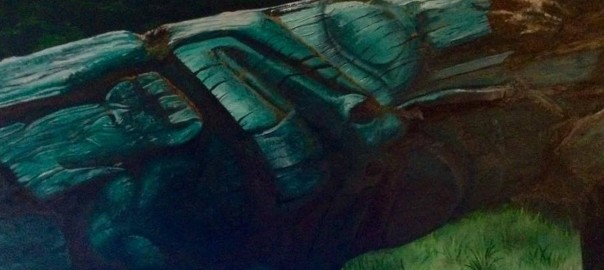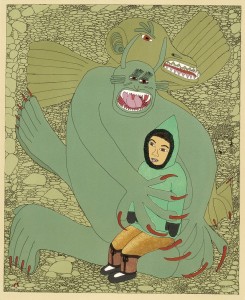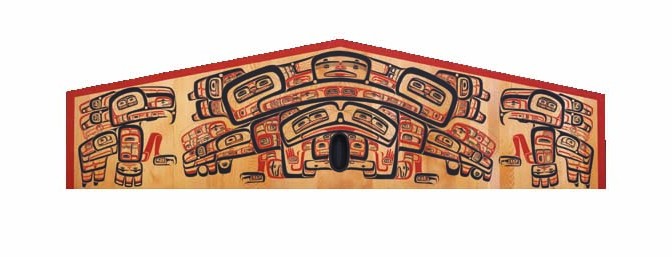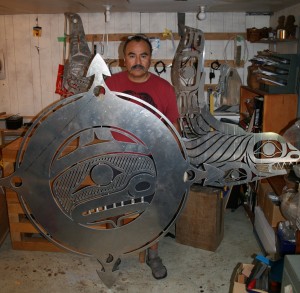Spark Artist Talk No. 18 featuring Levi Nelson
Thursday, March 15 at 12:15 PM – 1 PM
Native Education College
285 East 5th Avenue, Vancouver
Spark Artist Talks is an informal lunchtime artist talk series hosted by grunt gallery in the Native Education College longhouse on the third Thursday of each month. This event features emerging Indigenous artists with diverse practices ranging from animation to street art, spoken word to sculpture. Bring your bagged lunch or grab some home-cookin’ from the NEC’s canteen and join the fireside conversation about what inspires artists.
ARTIST BIO:
Levi Nelson is an Aboriginal artist from the Lil’wat Nation located in Mount Currie, British Columbia. He is currently in his third year at Emily Carr University of Art + Design majoring in visual arts, with a focus on painting. Levi favours the medium of oil paint and has most recently taken an interest in printmaking, via silkscreen and lithography. His work can be described as contemporary First Nations art; fusing traditional North West Coast shape and form-line with conventional colours and composition. This past year Levi has exhibited his work in the Emily Carr University annual Aboriginal Art Exhibition, the Museum of Anthropology, the Talking Stick Festival and in the Pushing Boundaries show at North Vancouver City Art Scape.





